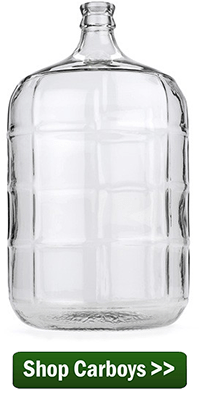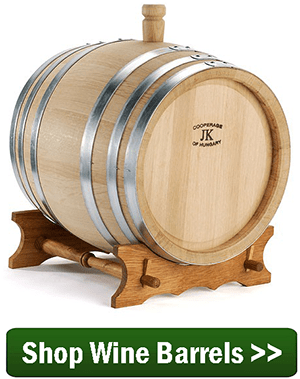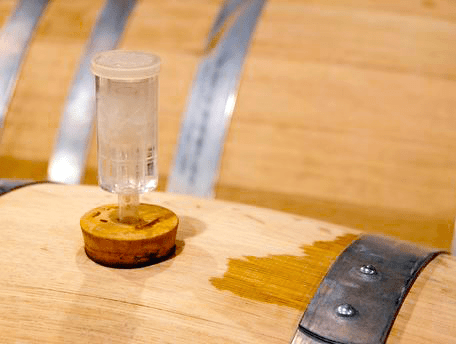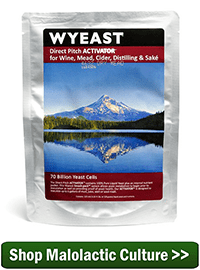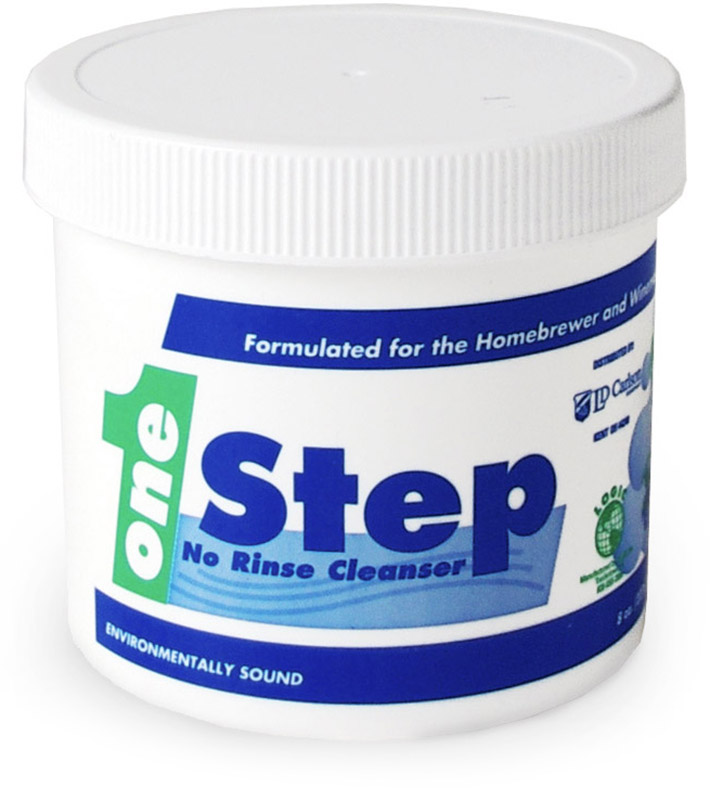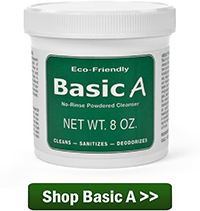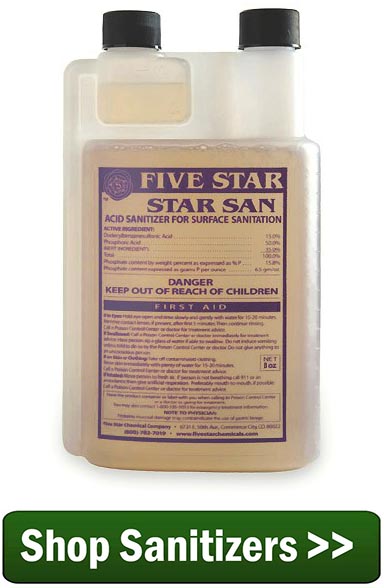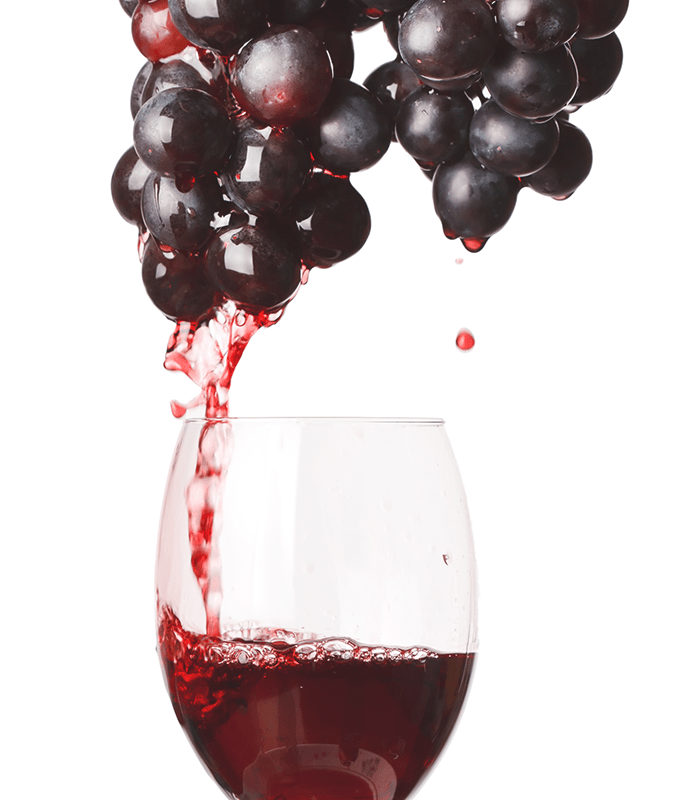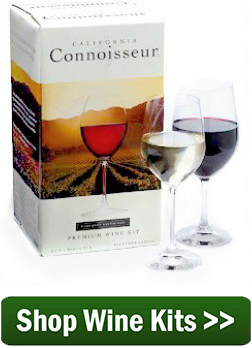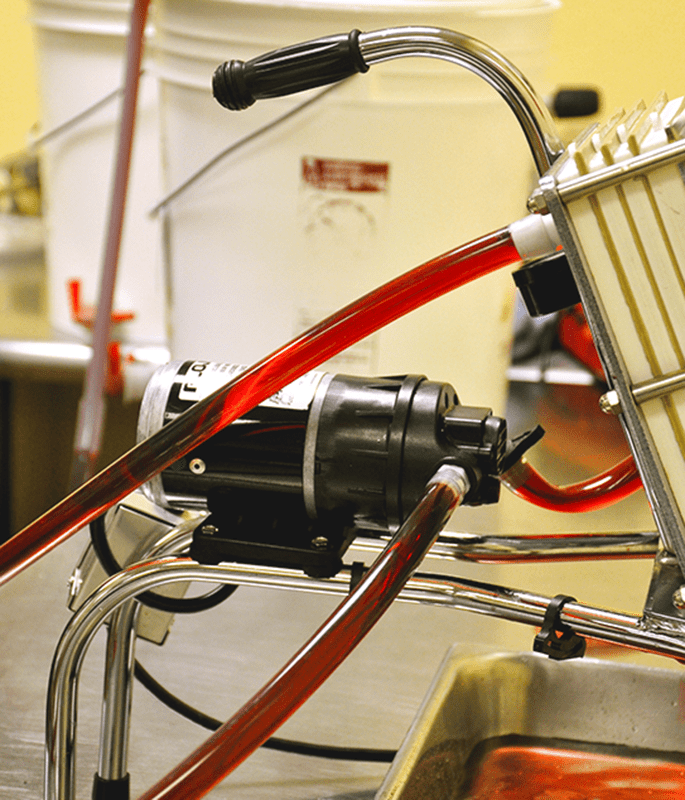 Your article on fining agents was superb. It informed as to what other benefits (other than clarity in a wine) that fining agents can produce. My question regards the connection (or benefits) of fining and filtering wine. 1) If you filter a wine, should you also use a fining agent? 2) Conversely, if you’re fining a wine, is filtering no longer suggested? 3) Do you recommend both fining and filtering wine? 4) What would be the benefits of using both ?
Your article on fining agents was superb. It informed as to what other benefits (other than clarity in a wine) that fining agents can produce. My question regards the connection (or benefits) of fining and filtering wine. 1) If you filter a wine, should you also use a fining agent? 2) Conversely, if you’re fining a wine, is filtering no longer suggested? 3) Do you recommend both fining and filtering wine? 4) What would be the benefits of using both ?
Thank you
Steve
—–
Dear Steve,
How you handle the combination of fining and filtering wine is partially an art. I say this because there are really no hard-fast rules to be followed. Both processes are tools that the winemaker has at their disposal to help shape a wine with the characteristics they desire. Experience will help the winemaker to use these tools more effectively.
The difference between fining and filtering wine is subtle.
Certain wine fining agents will settle out certain particles more readily the others. For example, gelatin is not very good at settling out large volumes of yeast and other proteins, while bentonite on the other hand is. However, gelatin is good 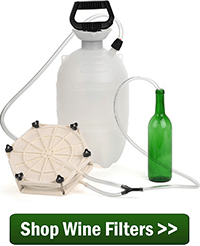 at settling out that last, little bit of particles, while bentonite isn’t. Some wine fining agents are better at removing bitterness, or harsh aromas than other. And, so-on and so-forth… How you decide to treat the wine with fining agents will shapes the wine to some degree, as well as clear it.
at settling out that last, little bit of particles, while bentonite isn’t. Some wine fining agents are better at removing bitterness, or harsh aromas than other. And, so-on and so-forth… How you decide to treat the wine with fining agents will shapes the wine to some degree, as well as clear it.
When you filter a wine, you are mostly concerned with clarity. While the finest filter pads can reduce color and body to a minor degree, adding a beautiful polish can be done with the coarsest of wine filter pads – 6 microns, for example.
A recommendation I do make is that if you do decide to filter a wine, always treat it with bentonite, first. This will help to drop out any excess proteins that is in the wine, including the yeast. As a fining agent bentonite is great at clearing out large volumes of particles. This will allow your filter pads to last longer and not clog up with every gallon or two of wine being filtered. But beyond this, whether you decide to filter, or not, or what type of other wine fining agents you decide to use, if any, is completely up to you.
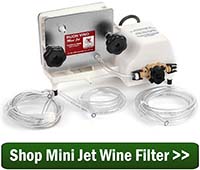 Again, it is important for you to know that just like some fining agents, filtering a wine can effect its body and color as well as its clarity. Depending on the fineness of the filter pad you choose, some body and color can be taken out of the wine. The finer the filter pad the more likely body and color will be reduced.
Again, it is important for you to know that just like some fining agents, filtering a wine can effect its body and color as well as its clarity. Depending on the fineness of the filter pad you choose, some body and color can be taken out of the wine. The finer the filter pad the more likely body and color will be reduced.
For the heaviest of wines this is usually an improvement in the sense that reduction in color will rarely be noticeable, and the amount of aging (maturation) needed will be brought down to a more reasonable time-frame through the removal of excessive body elements. For example, two years instead of five.
For lighter white wines, a fine filter pad (.5 microns or less) may be selected to reduce color and body as much as possible, making the wine look a faint-yellow instead of a straw colored and adding to the wine’s light, crisp character that it often looked for with such wines.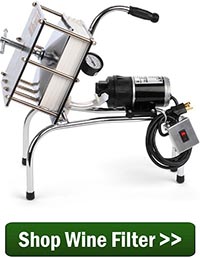
There is also the issue of the wine’s stability. Both fining and filtering a wine will help to make it more stable. By reducing the amount of tannins and other proteins there is less chance of the wine forming deposits while aging in the wine bottle.
As a novice winemaker, I would suggest that you take a middle-of-the-road approach when it comes to filtering and fining wines. Treat the wine with bentonite a few days after the fermentation has completed and then filter the wine right before bottling with a medium (1 micron) or coarse (6 micron) filter pad. This is a good starting place if you are not sure how you would like to proceed.
Happy Wine Making,
Ed Kraus
—–
Ed Kraus is a 3rd generation home brewer/winemaker and has been an owner of E. C. Kraus since 1999. He has been helping individuals make better wine and beer for over 25 years.



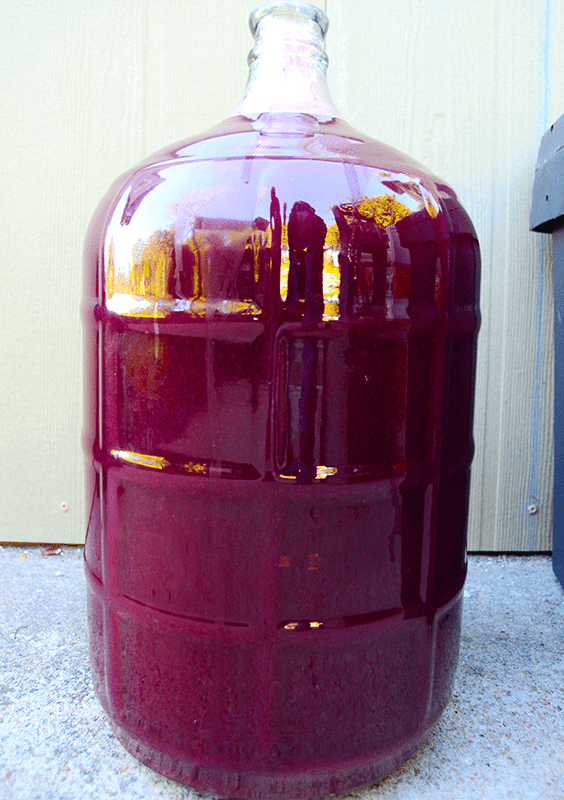
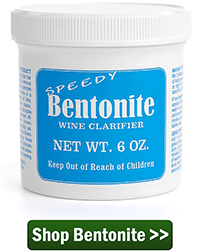
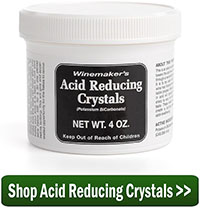
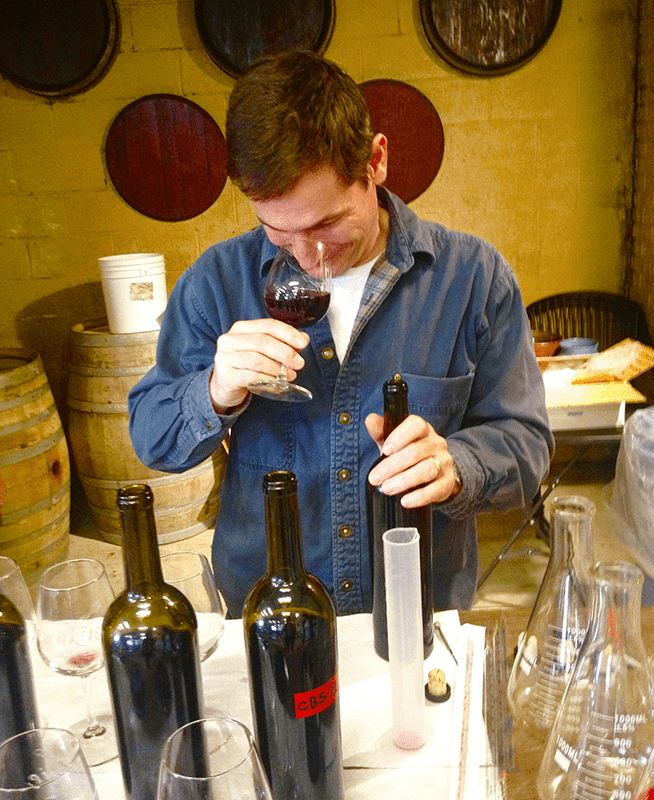
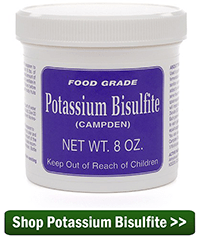

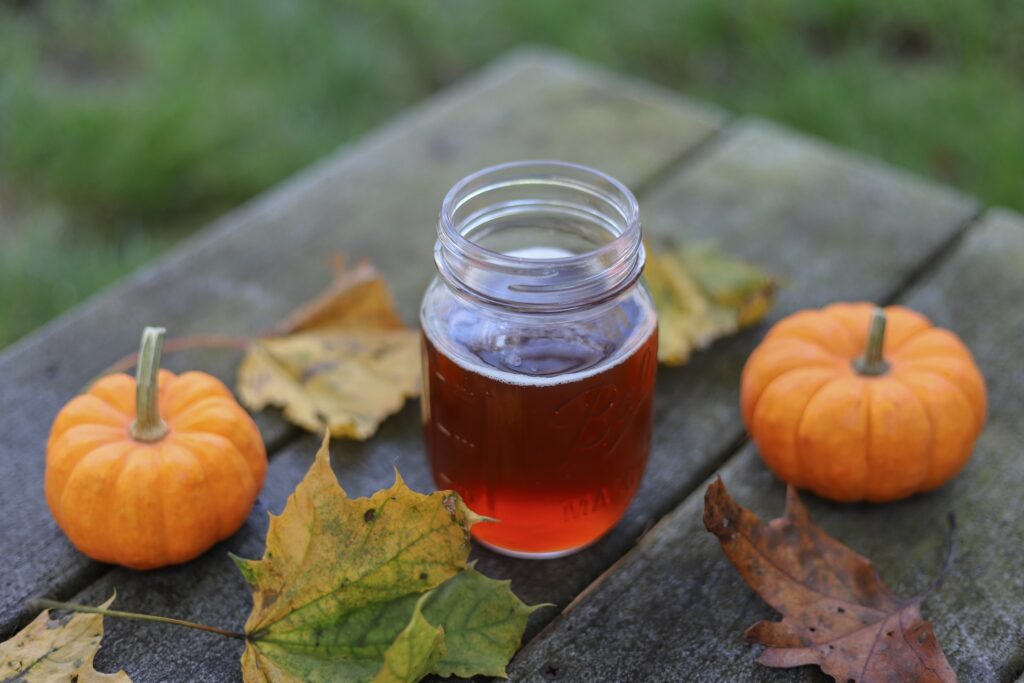 Hello Autumn!
Hello Autumn! 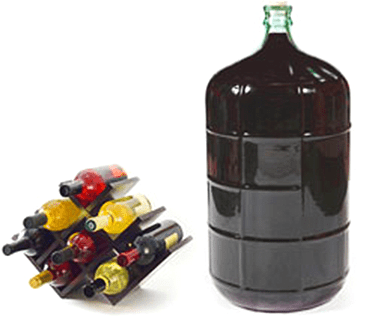 One of the long, ongoing discussions in the world of home wine making is, “should I be bulk aging or bottling aging my wines?” While bottle aging wine has its merits, there are some good reasons to consider bulk aging. Here’s some food for thought when considering bulk aging vs bottling aging your wine.
One of the long, ongoing discussions in the world of home wine making is, “should I be bulk aging or bottling aging my wines?” While bottle aging wine has its merits, there are some good reasons to consider bulk aging. Here’s some food for thought when considering bulk aging vs bottling aging your wine.